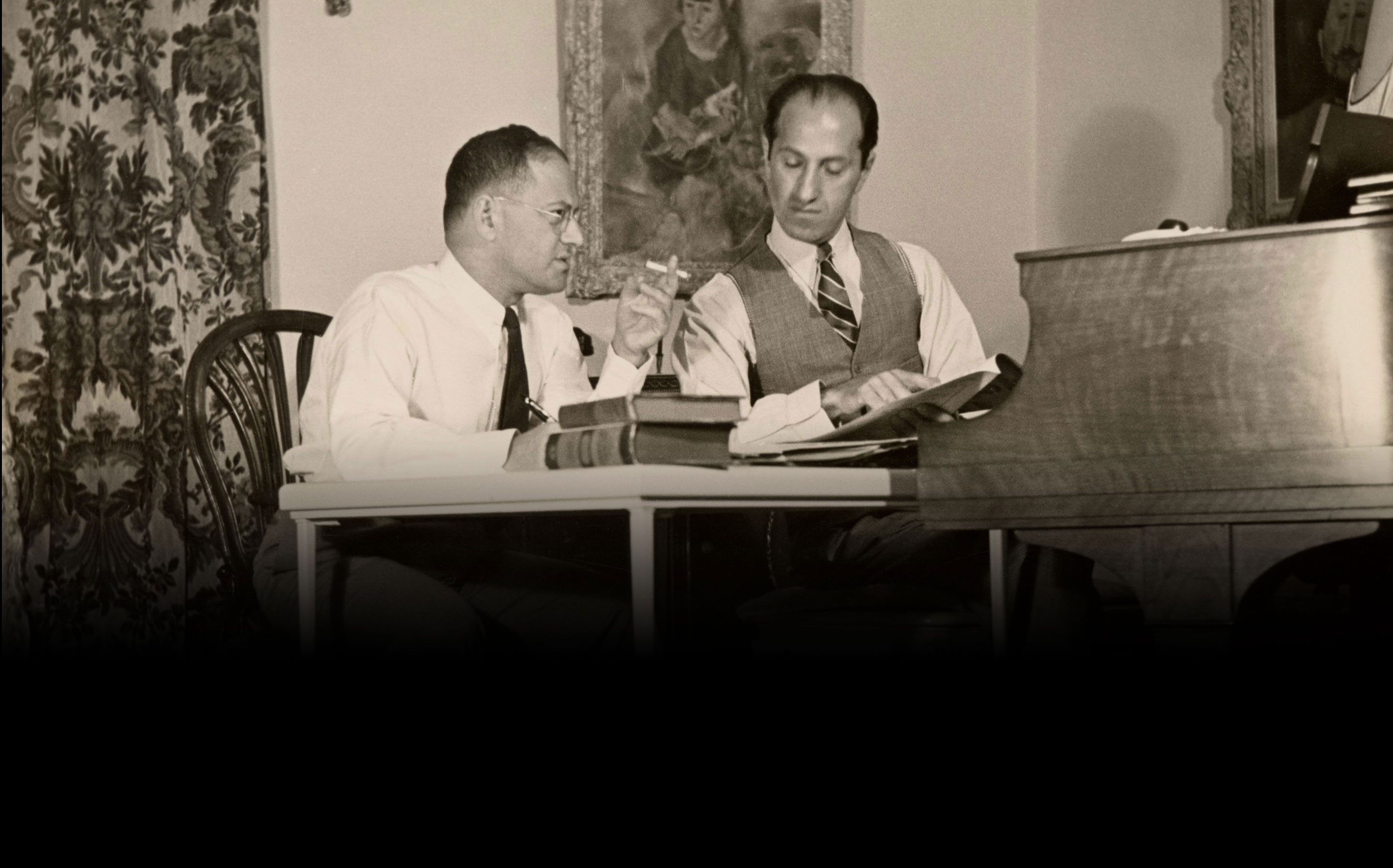Behind the Critical Edition: What Does The Gershwin Initiative Do?
You’ve seen us hard at work on Instagram and Facebook, and may have even heard a recent test performance or a premiere of one of our critical editions. But what exactly does the Gershwin Initiative do? Today, we talk about the behind-the-scenes work of creating a critical edition that’s both scholarly and playable.
By Allison Chu
The Gershwin Initiative is an ongoing scholarly effort charged with creating the first critical editions of George and Ira Gershwin’s works. Typical editions of a musical work may have changes that are rarely explained or made explicit, and may be made without consideration for the composer’s original artistry or intent. Critical editions seek to remedy this by clarifying decisions made in editing a composition.
Here at the Gershwin Initiative, volume editors and editorial assistants work together to restore the Gershwins’ music, which has been subject to substantial editing by third parties over the course of the twentieth century. The ultimate goal is to produce a collection of the Gershwins’ music that will be both scholarly and playable, and that corrects the changes made to it over time. The scholars responsible for making these decisions are the volume editors, who use primary sources and historical recordings to create authoritative editions of the Gershwins’ works.
Each critical edition is accompanied by several formal documents: performance notes, the editorial apparatus, and critical notes. Performance notes open the critical edition and identify the most notable changes made to the score. They serve as an introduction to the sometimes substantial edits the volume editor has made and list which recordings and sources were used in the making of the critical edition.
These sources, identified with bibliographical information, are discussed in greater detail in the editorial apparatus. The apparatus is an evaluation of the sources that lays out the hierarchy used to determine how and the extent to which each source guides the volume editor. Thus, the apparatus pulls together information from multiple sources, creating a more complete picture.
Every choice regarding the score is notated and recorded in the volume’s critical report. These decisions form the main body of the critical edition and are listed in chronological order. Critical revisions often work to restore cuts, fix typos and discrepancies, restore instrumentation, and standardize individual parts. Changes may be as significant as restoring the original pitches of the taxi horns in An American in Paris or as meticulous as making sure all articulations match among the woodwind instruments. These are identified in annotations that clearly explain the editor’s rationale.
Once the volume editor has finalized the edited score, several rounds of proofing take place. Teams of editorial assistants compare the editor’s score and the critical report to the work’s principal sources to ensure accuracy and consistency.
Following these revisions, the critical edition is ready for a test performance, during which the visual and aural elements of the critical edition are assessed. A draft of the critical edition is given to an orchestra and conductor with prior experience with the work; this familiarity and experience allows them to recognize the changes made. It is at this point in the process when parts are also created, and any discrepancies in the score are noted and corrected.
After a test performance, the volume editor and the editorial assistants continue to proof parts, clarify performance instructions based on ensemble feedback, and ensure accessibility. At any given time, the Gershwin Initiative has several works actively in editing, scores undergoing the final editing process following a test performance, and future projects waiting to be tackled. Once these critical editions are completed, contemporary musicians will be able to play from scores that more accurately display the Gershwins’ notations. Audiences and performers alike may find that George and Ira’s music sounds a bit different than they are used to, but we hope that their musical experiences are enriched by the wealth of sources and expertise our team employs to bring these works to life.





I would like to know when the critical edition of the score of
Porgy and Bess will become available? I have completed a
thesis on musically and dramatically analyzing the opera and would like to compare it to the piano-vocal edition I have used to create my analysis of the opera.
Thank you for any information you can supply.
Thomas Orowan
Thank you for this very informative look at the process of creating a first scholarly edition of a Gershwin piece!